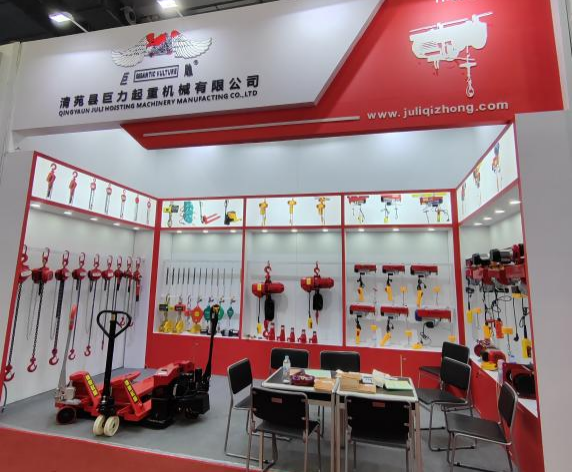


Industrial Fall Protection Devices Ensuring Safety in the Workplace
In the landscape of industrial work environments, ensuring worker safety is paramount, particularly when it comes to operating at heights. One of the most critical aspects of safety in industries such as construction, maintenance, and warehousing is the implementation of fall protection devices. These devices are designed to prevent falls that can result in serious injury or even fatalities. This article delves into the various types of fall protection devices available, their importance, and the best practices for their effective use.
Types of Fall Protection Devices
Fall protection devices can be broadly categorized into three types personal fall arrest systems (PFAS), guardrails, and safety nets. Each type serves a unique purpose and is suited for different applications.
1. Personal Fall Arrest Systems (PFAS) These systems are essential when workers are exposed to fall hazards. A typical PFAS includes a full-body harness, lanyard, and anchor points. The harness is worn by the worker and is designed to distribute the forces of a fall across the body. When coupled with a properly placed anchor point, it can effectively stop a fall before the worker reaches the ground.
2. Guardrails Commonly used on rooftops and elevated platforms, guardrails provide a physical barrier to prevent falls. By creating a secured perimeter, guardrails are a widespread solution in various industrial settings. They can be permanent or temporary, depending on the specific needs of the operation.
3. Safety Nets These devices are typically used in construction sites where workers are at risk of falling from heights. Safety nets are installed below the work area to catch falling workers or materials, reducing the risk of injury from drops. They must be designed to meet stringent safety standards and be regularly inspected to ensure their integrity.
Importance of Fall Protection Devices
The statistics surrounding workplace falls are alarming. According to the Occupational Safety and Health Administration (OSHA), falls are one of the leading causes of workplace injuries and fatalities. Implementing fall protection devices not only complies with safety regulations but also fosters a culture of safety within the organization. Proper fall protection can significantly reduce the risk of injuries, thereby minimizing downtime, lowering medical costs, and enhancing employee morale.

Best Practices for Usage
To maximize the effectiveness of fall protection devices, it is crucial to adopt best practices in their use
1. Training Workers must be adequately trained in the use of fall protection devices. This includes understanding how to wear harnesses correctly, recognizing fall hazards, and knowing how to use equipment properly.
2. Regular Inspections All fall protection equipment should be regularly inspected for wear and tear. This includes checking harnesses for fraying, lanyards for cuts, and anchor points for stability.
3. Personalization It's essential to select fall protection devices that fit individual workers properly. A poorly fitting harness can lead to ineffective protection during a fall.
4. Proper Installation Safety nets and guardrails must be installed according to manufacturer guidelines and industry standards. A common oversight is the improper placement of guardrails, which can negate their protective benefits.
Conclusion
Industrial fall protection devices are vital components for maintaining safety in workplaces with fall hazards. By investing in the right equipment and fostering a culture of safety through training and best practices, companies can protect their most valuable asset—their workers. As industries continue to evolve, so too will the technologies and methods of fall protection, but the foundation of prioritizing safety will always remain essential.



